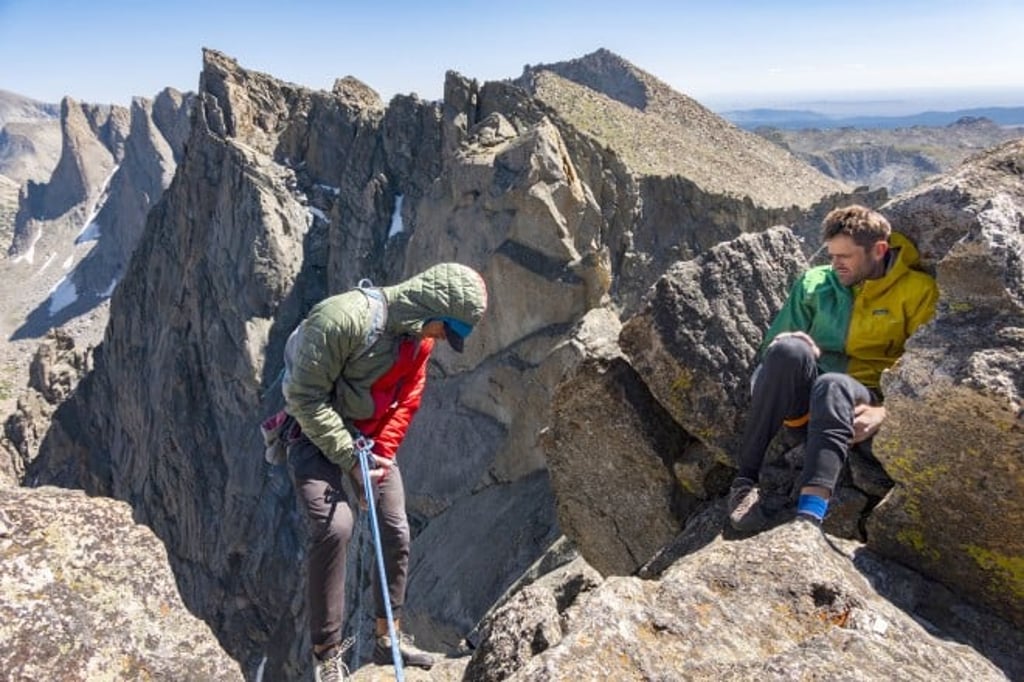[The content of this article has been produced by our advertising partner.]
For years, the privately-held company shared its environmental efforts through Our Footprint on patagonia.com, B Corp assessments, and other tools — but the reporting was fragmented. Work in Progress brings Patagonia’s impact data, purpose-led governance, giving ecosystem and environmental activism into one cohesive, transparent document for the first time.

Fifty-two years after the 87-year-old Yvon Chouinard founded Patagonia in Ventura, California — and three years since he gave it away — the company has published its most candid account of doing business differently. Work in Progress reflects the outdoor apparel brand’s ongoing effort to use commerce as a force for good.
In 2022, Chouinard and his family transferred ownership to the Patagonia Purpose Trust and the nonprofit Holdfast Collective. The move ensured that profits — after reinvestment — would be used to protect nature and biodiversity. It was a radical act of corporate rewilding that redefined responsible business. Now, Patagonia reports to a new boss: Earth.

Covering Fiscal Year 2025, from May 1, 2024 to April 30, 2025, Work in Progress blends data and storytelling to chart Patagonia’s progress and shortcomings. It confirms that 100 per cent of new products are now made without intentionally added PFAS — the “forever chemicals” linked to environmental and health risks. It also shows that 95 per cent of FY25 products were made in Fair Trade CertifiedTM factories, enabling workers to spend premiums on essentials such as child care and healthcare. Through its 1% for the Planet® program, Patagonia supported 824 nonprofits with US$14.7 million in FY25 grants and in-kind support. Since the ownership transfer, US$180 million has gone to Holdfast Collective to fund efforts from wetland preservation to air quality improvement.
Yet for every milestone, the report acknowledges missed marks in its 2025 goals set 10 years ago. Patagonia fell short of making 100 per cent of products with preferred materials, reaching 84 per cent. Its aim for half of synthetic fabrics to come from secondary waste — such as post-consumer textiles or discarded fishing nets — remains distant, with only 6 per cent currently meeting that target. And while Fair Trade premiums are a step toward equitable compensation, the company admits that ensuring a true living wage across its supply chain remains “complicated”.

The report doesn’t shy away from contradictions. Patagonia operates the largest repair centre in North America, yet 85 per cent of its products lack an end-of-life solution. It has nearly eliminated virgin fossil fuels from its materials, but some factories that make its gear still run on coal. These tensions are laid bare, not buried, in a tone that’s refreshingly honest and self-aware.
“Working for our new boss is tough,” the report states. “But we wouldn’t have it any other way. Because she gets it: Progress beats perfection.”
This ethos — of relentless experimentation and radical transparency — is what sets Patagonia apart. It’s not just about doing less harm. It’s about asking better questions, sharing imperfect solutions, and inviting competitors to join the climb. The company sees itself not as a finished product, but as an ongoing experiment in responsible business — a philosophy that echoes Chouinard’s belief that business should serve nature, not exploit it.
Giving back, giving more
Patagonia’s sustainability journey to do less damage and increase positive impact has never been a solo ascent. The brand continues to mobilise its global community — from outdoor athletes and creatives to scientists — as active participants in environmental change. Whether funding grassroots campaigns or hosting repair workshops, Patagonia sees its customers not just as consumers, but as collaborators in climate action.
Buying a Patagonia jacket isn’t just about technical performance. It’s about powering environmental activism, supporting workers, and investing in the planet. Each garment is stitched with intention — and a promise to do better.

“For all the work we’ve done on our products and in our supply chain, and all the money we’ve given away to environmental nonprofits, it is still not enough,” says Chouinard. The statement lands like a challenge — not just to Patagonia, but to the entire industry.
The company invites the community to read Work in Progress and take action. Patagonia’s greatest adventure may not be on a mountain peak, but in proving that business can be a force for good. And while the path is steep, the view — a healthier, more equitable planet — is worth the climb.






